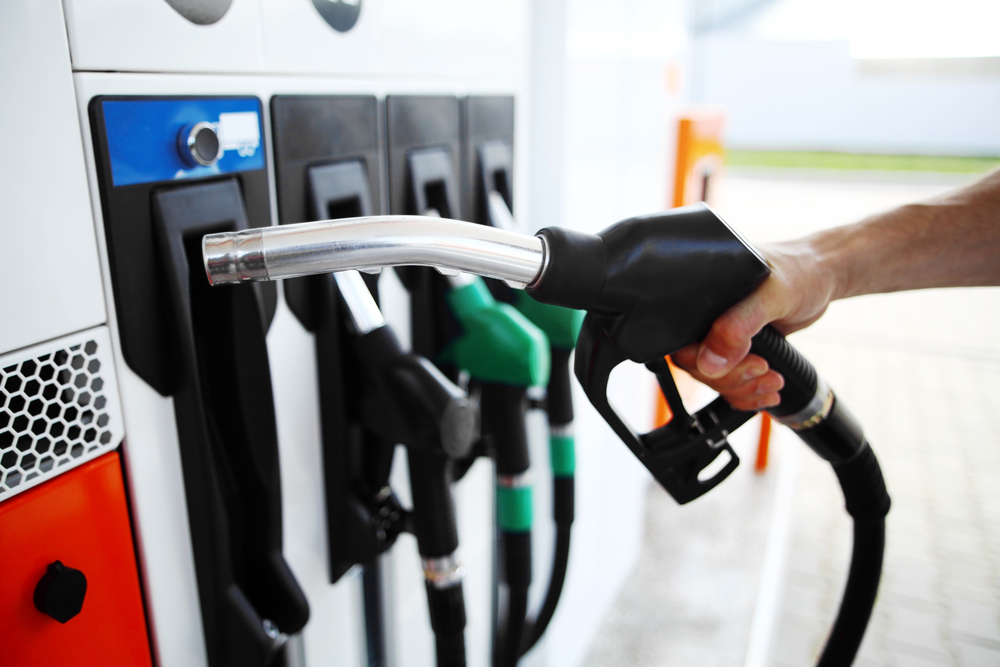Household Bills
Pump prices up but drivers ‘getting a better deal’

Pump prices edged up in January, but retailers absorbed the increase, meaning drivers “are finally getting a better deal”, according to RAC Fuel Watch.
Drivers saw petrol and diesel prices rise by less than a penny in January, despite the cost of a barrel of oil increasing from $79 to $92, pushing up wholesale costs by 4.9p and 3.6p a litre respectively.
This is because fuel retailers absorbed the cost increases so the average price of a litre of unleaded now stands at 146.45p and diesel at 149.81p.
According to the RAC, this takes the cost of filling up a 55-litre family car with petrol to £80.55, and £82.40 with diesel.
It also revealed that fuel retailer profit margins were down in the month, from 16.4p in December to 11.4p in January.
“While this is still significantly higher than the long-term average of around 6p, it’s a step in the right direction in delivering better value for drivers when they fill up. The average margin on a litre of diesel is now back to more normal levels at 8p, down from 12p in December,” RAC said.
Across the UK, Northern Ireland recorded the largest increase in pump prices with the average cost of a litre of petrol rising 1.74p to 143.55p and diesel up 1.83p to 146.31p. However, it’s still the cheapest place to fill up. The south east of England is the most expensive, with drivers paying an average of 147.66p per litre for petrol (up 1.18p in January), and 151.07p for diesel (up 0.63p through last month).
‘Treat drivers with respect’
RAC fuel spokesman, Simon Williams, said: “At long last, retailers appear to have heard our clarion calls for drivers to be charged a fairer price at the pumps – something that is so important as the effect of high inflation bites and households up and down the country brace themselves for what looks like an inevitable cost of living squeeze. On average, retailers are now making a more normal profit for each litre of fuel they sell than they did in December which makes today’s pump prices – although up slightly on December – more justified.”
However, Williams warns of “storm clouds gathering”. He said: “With oil now having traded above $90 for a week – the highest price for more than seven years, wholesale fuel costs are once again increasing, which will undoubtedly lead to retailers putting up forecourt prices.
“Our message to the biggest retailers, which lead the market, is to treat drivers with respect by fairly reflecting the movement in the wholesale fuel market and not taking overly high margins. If they were to increase their margin and hike prices beyond what’s justified it would be devasting for hard-pressed drivers. We’ll be watching pump prices closely in the coming weeks to ensure drivers aren’t taken advantage of, so it’s safe to say the coming weeks will be a big test of pricing transparency for retailers.”